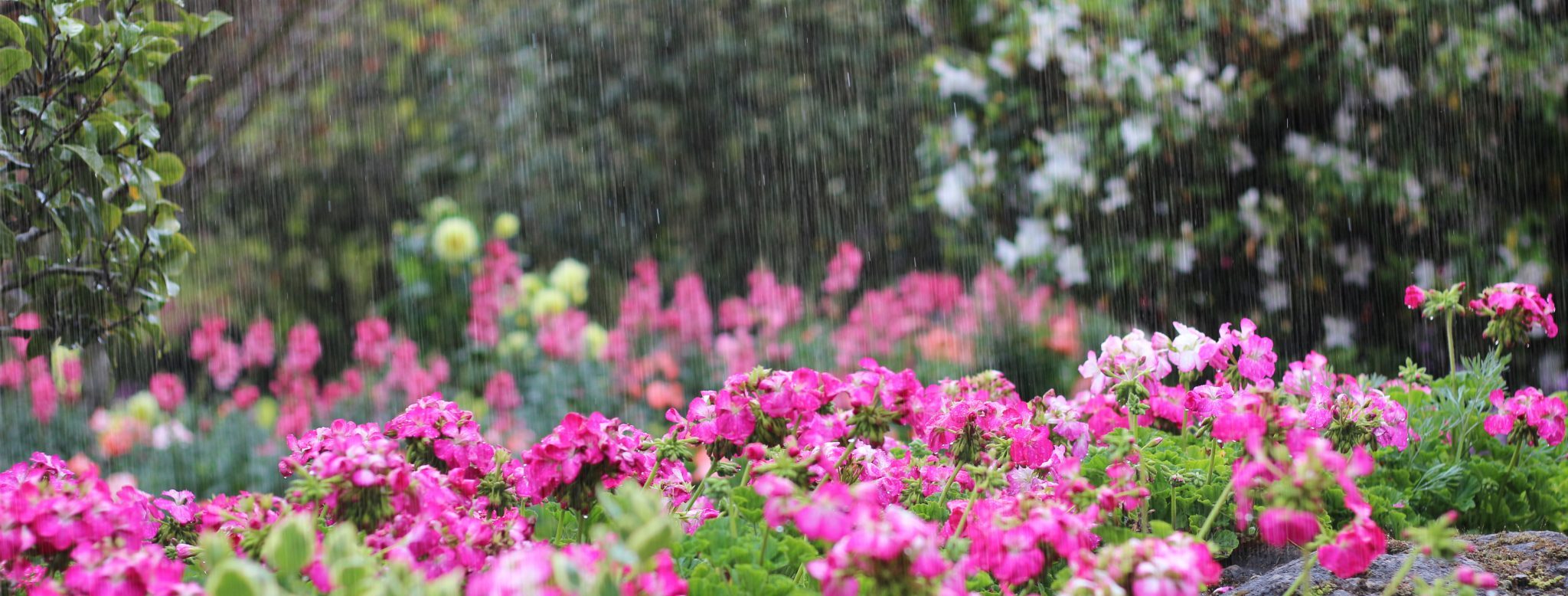Fish & Water

Do rain gardens attract mosquitoes?
If built correctly, your rain garden should not host mosquitoes. Mosquito larvae require 2 to 3 days of standing water. Ideally, a rain garden should drain so that water will not be standing in it for more than 48 hours. Learn more about the mosquito life cycle from the Environmental Protection Agency.
Are rain gardens expensive?
Rain gardens can be expensive or affordable depending on the aesthetic you want, the size of the plants installed, the size of the rain garden, and the amount of work required to excavate.
Do rain gardens work in the winter?
Because plants are dormant, their activity is reduced, but the rain garden will still help slow stormwater and encourage infiltration in the winter.
Can I build a rain garden myself?
Although rain gardens may require more work than your traditional perennial garden, the difficulty level is about the same. Many resources cover the planning, design, and construction of rain gardens.
I’m afraid that my neighbors won’t approve of a rain garden. Are there strategies for making a rain garden look nice and getting my neighborhood on board?
Rain gardens can be designed to fit into your neighborhood aesthetic. With proper maintenance and enough time for the plants to establish, they can be both attractive landscape features and tools to help educate others about preventing stormwater pollution.
How much maintenance will my rain garden require?
Rain gardens require less maintenance than a traditional garden if native plants are installed, but they do require some maintenance like any other landscape feature. Native plants will thrive in their natural surroundings and should not need much fertilizer or pesticide. After your plants are established, you should need to water them only during dry periods.
 This is an excerpt from How to Install a Rain Garden, ANR-2768.
This is an excerpt from How to Install a Rain Garden, ANR-2768.
Laura Bell, Project Coordinator; Eve Brantley, Water Resources Specialist and Professor; Caitlin Sweeney, Assistant Coordinator; and Naomi Pitts, Assistant Coordinator, all with Alabama Extension Water Program at Auburn University

